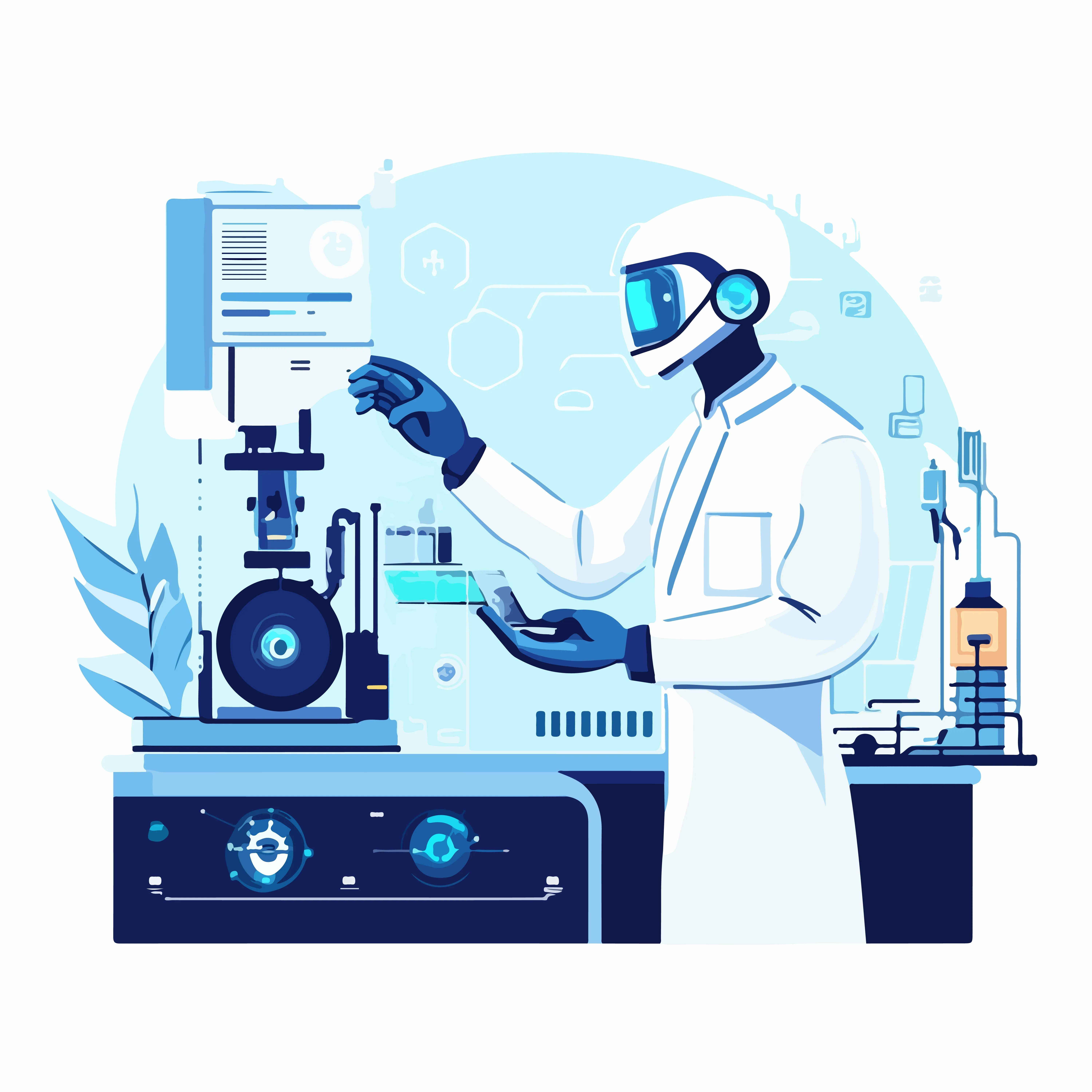One of the greatest challenges in the field of drug discovery is addressing undruggable targets—biological targets that are difficult, if not impossible, to modulate with traditional small-molecule drugs. Despite decades of research and advancement, many diseases remain difficult to treat due to the lack of accessible drug targets. However, exciting new modalities are emerging that promise to turn the tide and revolutionize drug discovery. At the Drug Discovery Innovation Programme, in collaboration with World BI, we explore the innovative approaches that are challenging the notion of undruggable targets.
Understanding the Concept of Undruggable Targets
In drug discovery, the term “undruggable” refers to proteins or biological pathways that have been traditionally deemed too complex, unstable, or inaccessible to be targeted by conventional drug modalities like small molecules or monoclonal antibodies.
- Challenges with Traditional Drug Discovery: Many diseases, particularly cancers, neurodegenerative disorders, and infectious diseases, are driven by targets that are difficult to interact with using traditional therapeutic strategies.
- Examples of Undruggable Targets: Some of these include intrinsically disordered proteins, protein-protein interactions, and targets located in inaccessible parts of the cell, such as within the nucleus or membrane.

Emerging Modalities to Tackle Undruggable Targets
While these targets may have been deemed “undruggable” in the past, new drug modalities are making strides toward targeting them effectively. These innovations are providing fresh hope for developing treatments for diseases that have remained resistant to traditional approaches.
1. PROTACs: Targeted Protein Degradation
- What Are PROTACs? Proteolysis-targeting chimeras (PROTACs) are a novel class of molecules designed to target and degrade disease-causing proteins rather than simply inhibiting their function. These molecules hijack the cell's natural degradation machinery to tag harmful proteins for destruction.
- How PROTACs Work: PROTACs bind to both the target protein and an E3 ligase, creating a molecular bridge that leads to the target’s ubiquitination and subsequent degradation by the proteasome. This innovative approach is transforming how we think about targeting "undruggable" proteins.
- Impact on Drug Discovery: PROTACs offer a promising way to target previously undruggable proteins, including those involved in complex protein-protein interactions, by eliminating them rather than inhibiting their activity.
2. Antibody-Drug Conjugates (ADCs)
- What Are ADCs? ADCs combine the targeting specificity of monoclonal antibodies with the potent cell-killing activity of cytotoxic drugs. They deliver chemotherapy directly to cancer cells by linking the drug to an antibody that recognizes a specific tumor antigen.
- Overcoming Limitations: While ADCs have been successful in targeting some undruggable cancer targets, research is now focused on improving their precision, potency, and reducing off-target effects. Advances in linker technology, payloads, and target selection are enhancing their therapeutic potential.
- Applications: ADCs have already proven successful in cancers like breast and ovarian cancer and are being explored for other indications, including non-Hodgkin lymphoma and glioblastoma.
3. RNA-Based Therapeutics: siRNA and mRNA
- The Power of RNA: RNA-based therapies, including small interfering RNA (siRNA) and messenger RNA (mRNA), have opened up a new world of possibilities for targeting undruggable proteins. These modalities work by manipulating gene expression at the RNA level, offering a way to silence or correct genetic defects.
- siRNA: By binding to and degrading mRNA transcripts, siRNA can prevent the production of disease-causing proteins, including those from previously undruggable targets.
- mRNA Therapeutics: mRNA vaccines and treatments, like the COVID-19 vaccines, have demonstrated the potential of RNA-based approaches to treat infectious diseases and even cancers. These technologies are being adapted to target specific undruggable disease targets by coding for therapeutic proteins or correcting faulty genes.
4. CAR-T Cell Therapy and Engineered T-Cell Receptors
- What is CAR-T? Chimeric Antigen Receptor T-cell (CAR-T) therapy involves modifying a patient’s T cells to recognize and attack cancer cells. This groundbreaking therapy has already shown remarkable success in treating certain blood cancers.
- Expanding to New Targets: The focus is now shifting toward engineering CAR-T cells to target solid tumors and other undruggable targets. This approach holds promise for treating cancers that are resistant to traditional treatments.
- Next-Generation CAR-T: Researchers are also exploring the development of bispecific T-cell engagers (BiTEs), which allow for the targeting of two different epitopes simultaneously, broadening the scope of CAR-T therapy to other undruggable targets.
The Role of Artificial Intelligence (AI) in Unlocking Undruggable Targets
AI and machine learning (ML) are increasingly being used to accelerate the discovery and development of new drug modalities.
- AI-Driven Drug Discovery: AI algorithms can analyze vast amounts of biological data, predict potential druggable targets, and model the interactions between drugs and targets with high precision. These technologies enable the discovery of new pathways and previously unknown mechanisms of action that can lead to the identification of undruggable targets.
- Predicting Protein Interactions: AI-powered tools are enhancing our ability to predict complex protein-protein interactions that may present opportunities for new therapies, including those that target undruggable proteins.

Collaboration and Innovation: Shaping the Future of Drug Discovery
The Drug Discovery Innovation Programme, in partnership with World BI, brings together experts from academia, industry, and research to discuss these emerging modalities and the future of drug discovery. Through collaboration and cutting-edge research, the landscape of drug discovery is changing, and undruggable targets are no longer beyond reach.
A New Era of Drug Discovery
As the landscape of drug discovery evolves, emerging modalities like PROTACs, ADCs, RNA-based therapies, and CAR-T cell therapy are offering groundbreaking solutions to target previously undruggable proteins. These innovative approaches, coupled with AI-driven insights and collaborative efforts, are paving the way for the next generation of therapeutics that will redefine treatment possibilities for patients worldwide.
Join us at the Drug Discovery Innovation Programme to explore the latest advancements in overcoming undruggable targets and shaping the future of drug discovery. Together, we can make the impossible, possible.